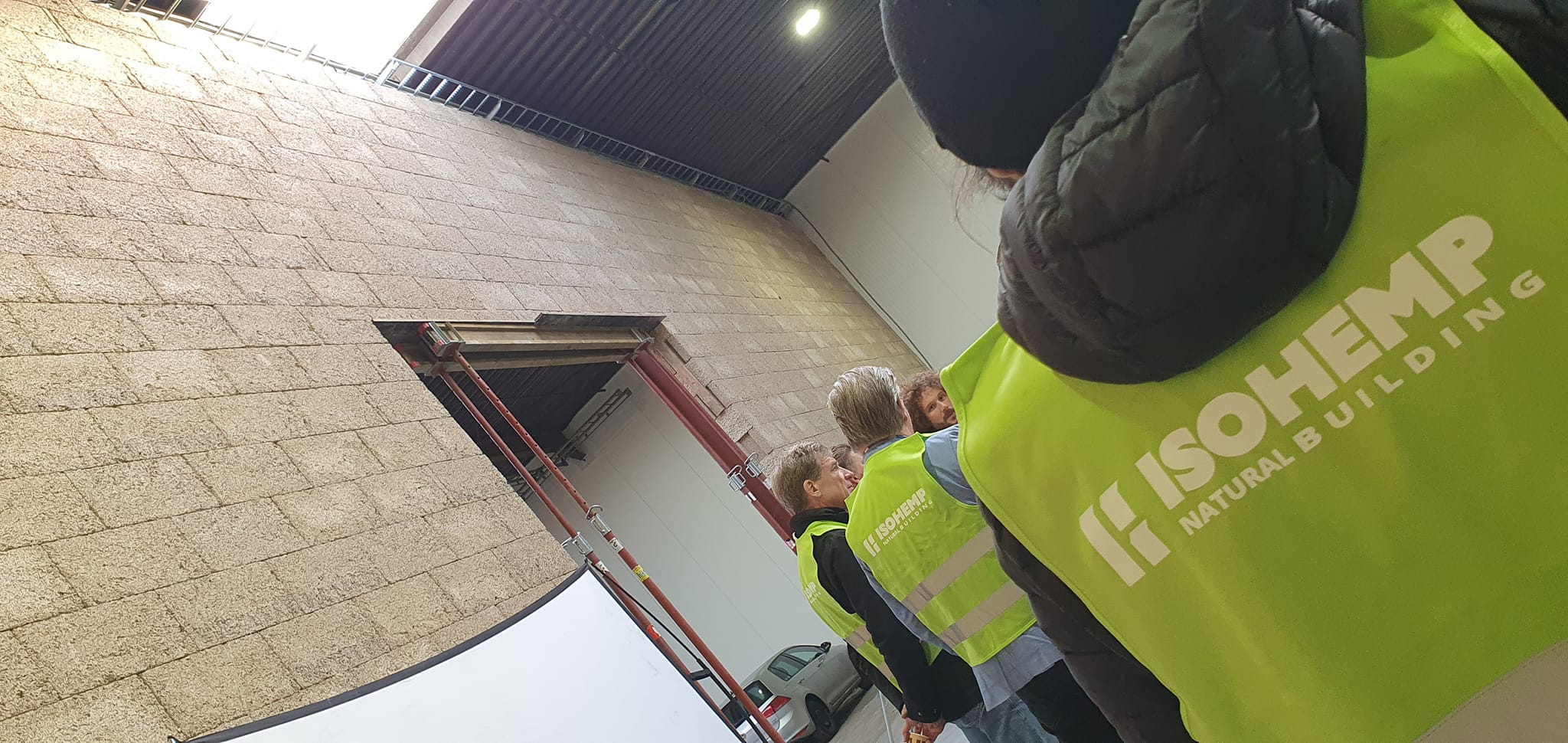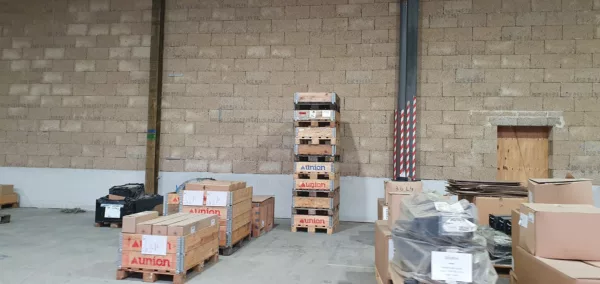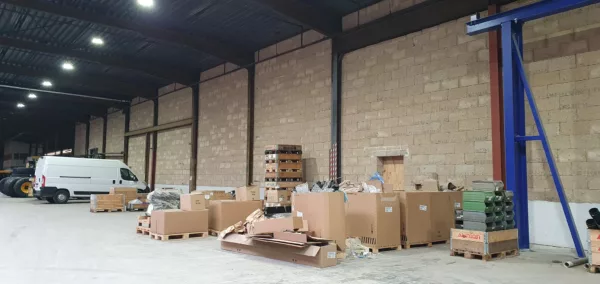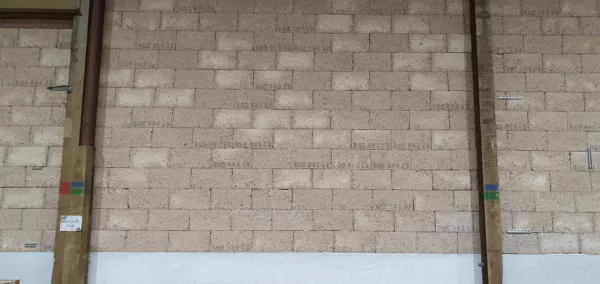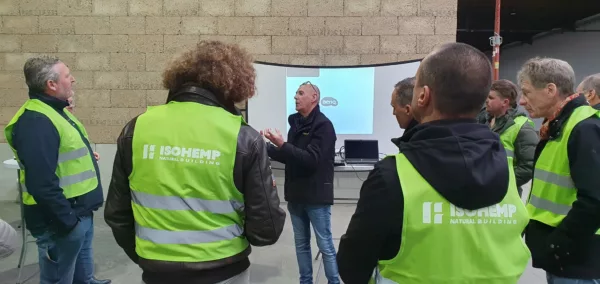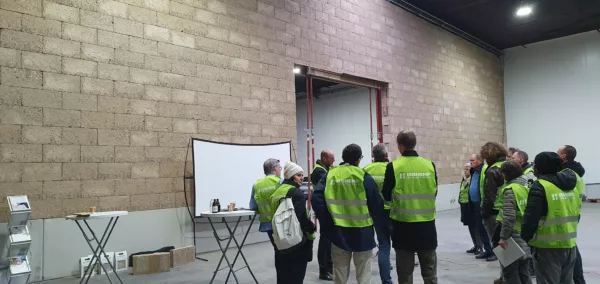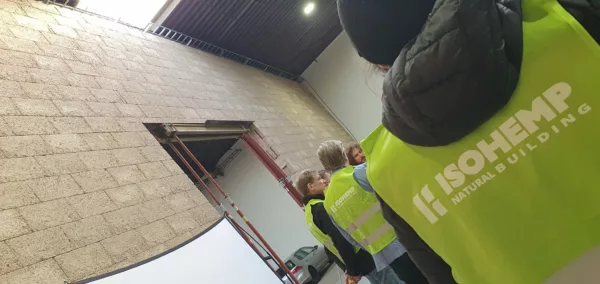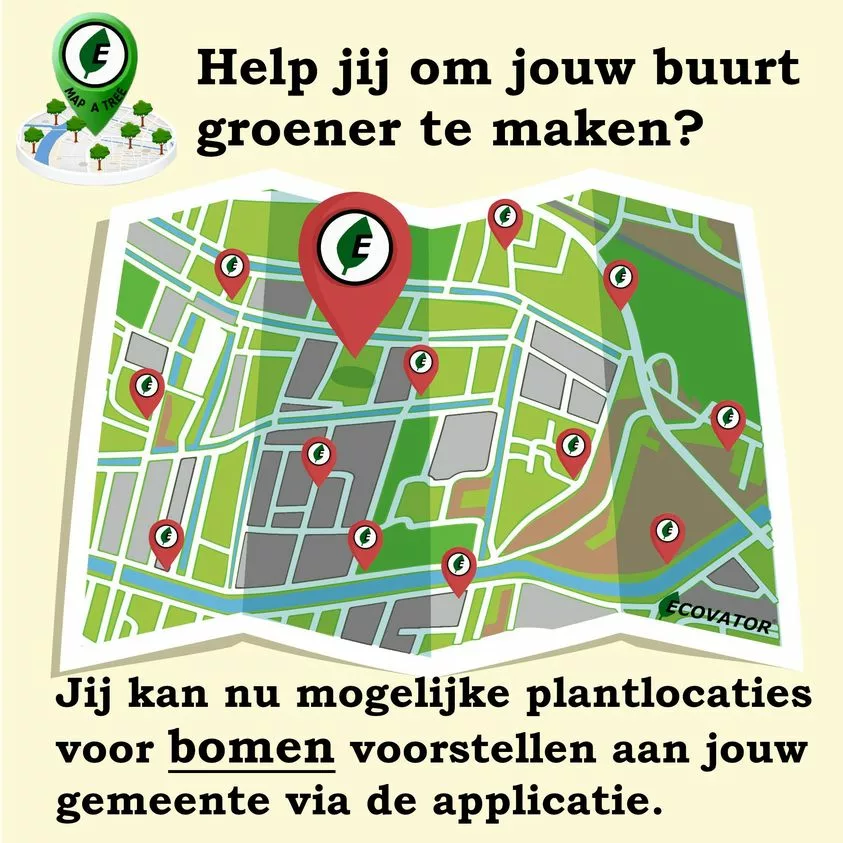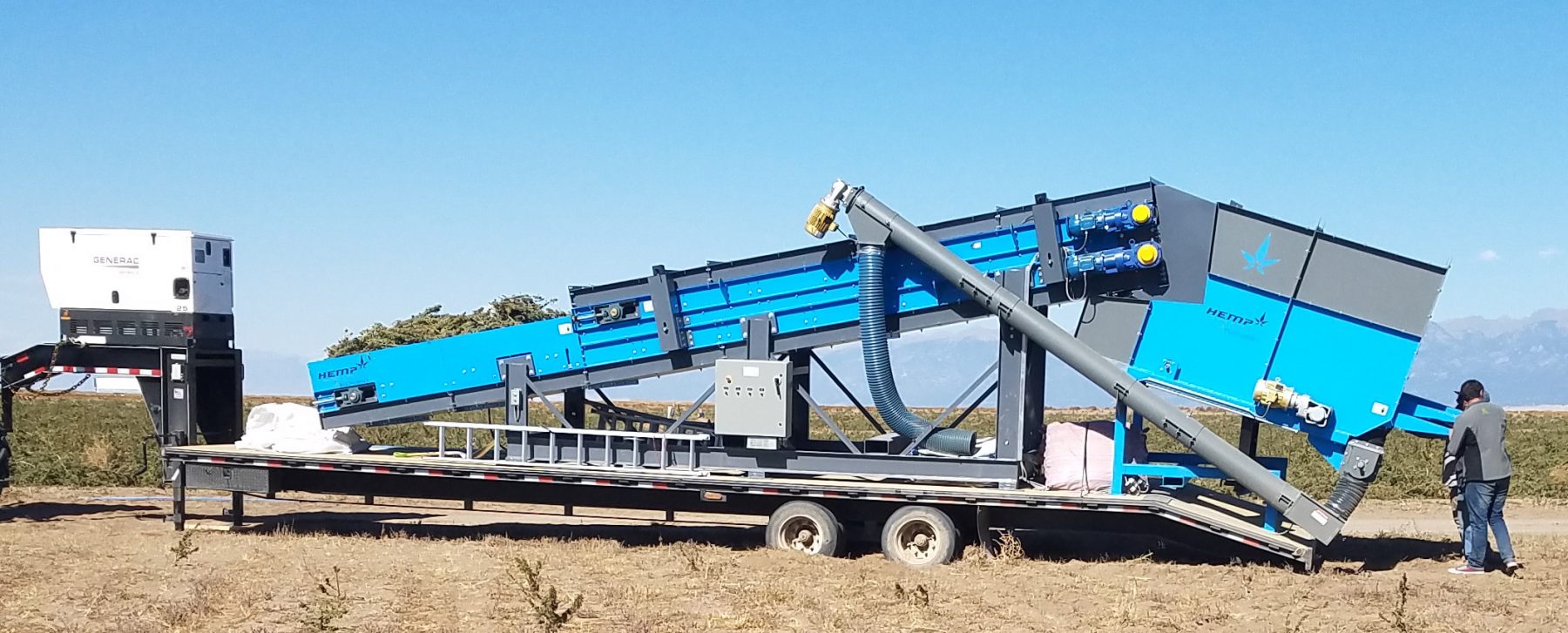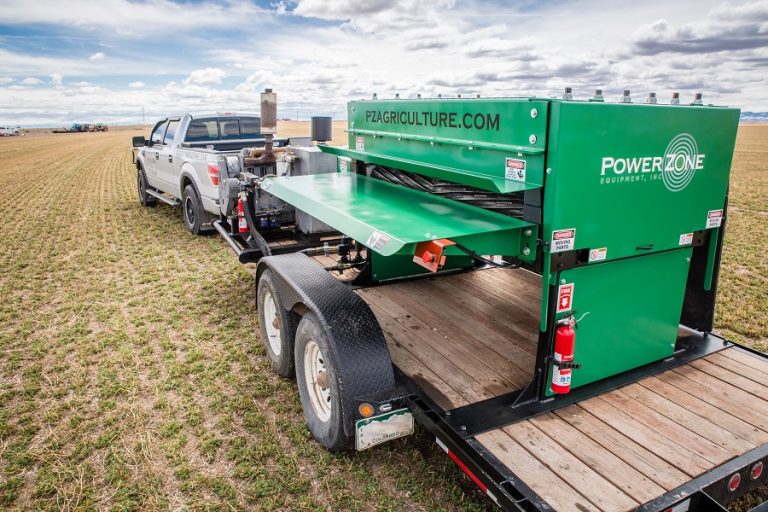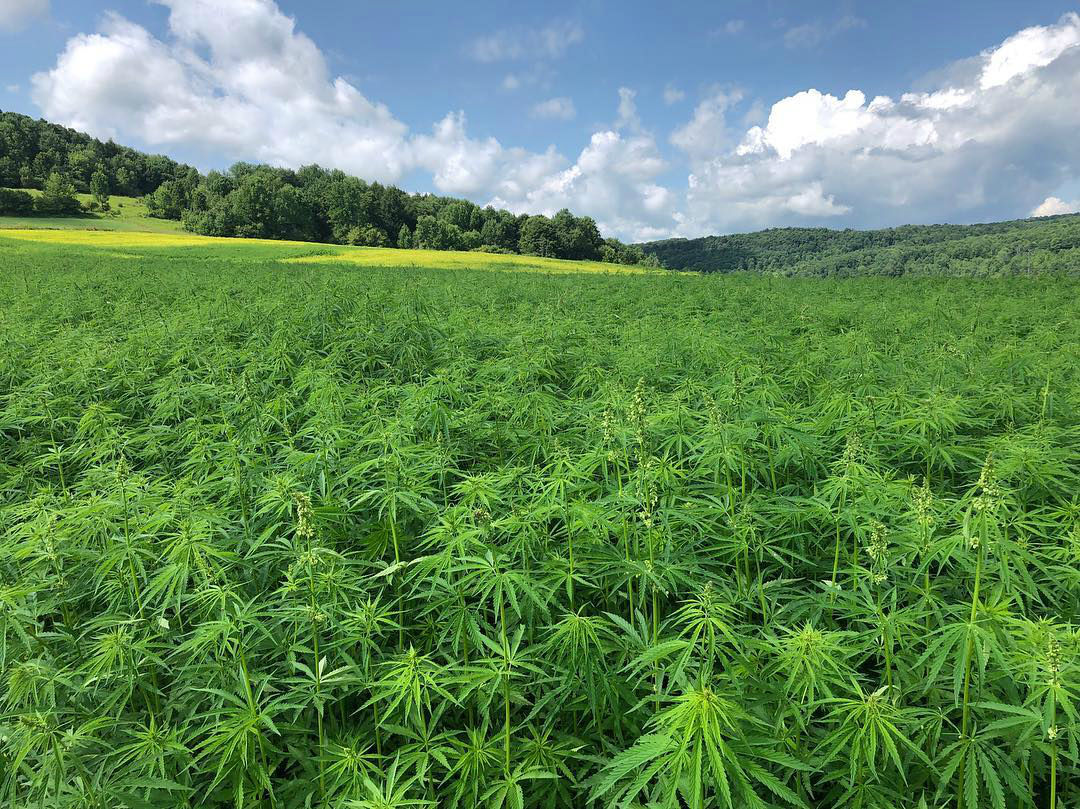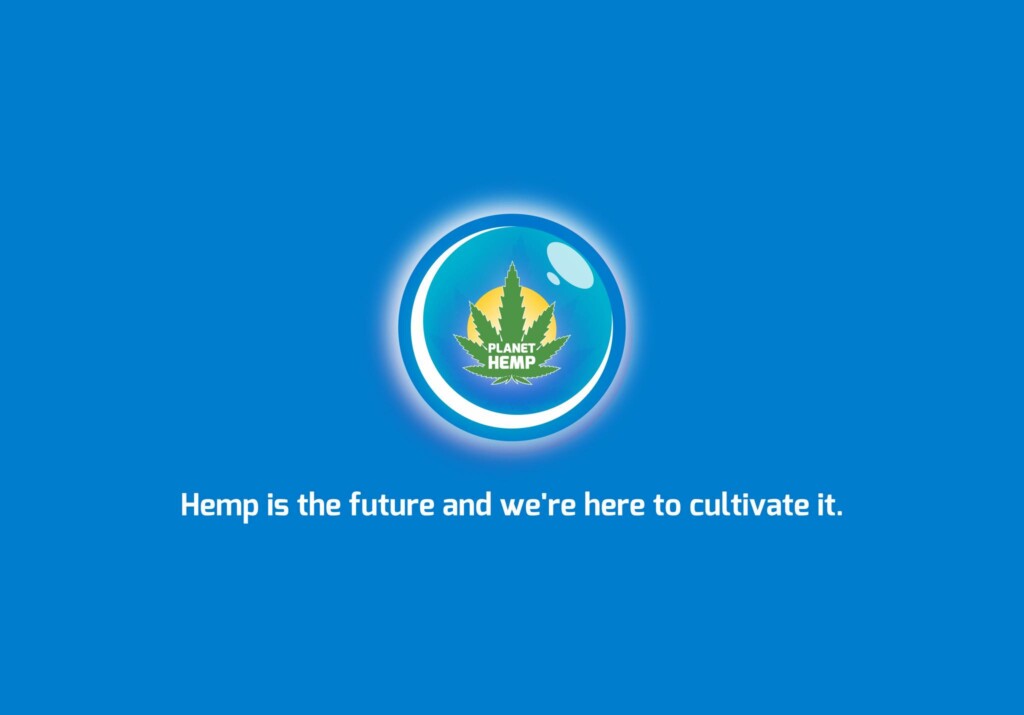
In the bustling realm of global cooperatives, Planet Hemp stood out like a beacon of open source software amidst a sea of proprietary code. Their commitment to open-source tools was as unwavering as their dedication to sustainable hemp cultivation.
The Planet Hemp headquarters was a hive of activity, where developers from all corners of the globe huddled over their laptops, their fingers dancing across keyboards like virtuoso pianists. They were united by a shared passion for open-source software and a vision of a world where hemp, not code, reigned supreme.
Their open-source philosophy extended far beyond their software development. They embraced open communication, open collaboration, and even open-source hemp seeds, freely sharing their knowledge and resources with the world. This openness was their secret weapon, attracting a vibrant community of hemp enthusiasts, software wizards, and open-source aficionados.
One day, a group of proprietary software developers, clad in their sharp suits and slick haircuts, ventured into Planet Hemp’s headquarters. Their mission: to convince Planet Hemp to abandon their open-source ways and embrace the lucrative world of proprietary software.
“Why would you settle for free, buggy software when you can have our top-notch, premium products?” the proprietary developers boasted, their voices dripping with condescension.
But Planet Hemp’s developers were unfazed. They knew that open-source software was more than just code; it was a philosophy, a movement, a way of life.
“Our open-source software is not just free,” one Planet Hemp developer retorted, “it’s collaborative, transparent, and constantly evolving. It’s the lifeblood of our community, the foundation of our innovation.”
The proprietary developers scoffed, their faces contorted in disbelief. “But what about profits?” they exclaimed, their voices laced with concern. “How can you expect to make money with software that’s freely available?”
Planet Hemp’s developers chuckled, their eyes twinkling with amusement. “Profits are not our sole motivation,” they explained. “We value innovation, community, and sustainability far more than monetary gain. Our open-source software attracts talented developers, fosters collaboration, and empowers our community to create solutions that benefit all.”
The proprietary developers were left speechless, their carefully constructed arguments crumbling like stale bread. They had underestimated the power of open-source software, its ability to unite, inspire, and transform.
As they retreated from Planet Hemp’s headquarters, their suits rumpled and their egos deflated, they realized that open-source software was not just a threat to their profits; it was a symbol of a new era, a world where collaboration, transparency, and shared knowledge reigned supreme.
And so, Planet Hemp continued its journey, their open-source software humming along like a well-oiled machine, powering their innovation, fostering their community, and paving the way for a more sustainable future, one hemp fiber and open-source code at a time.
